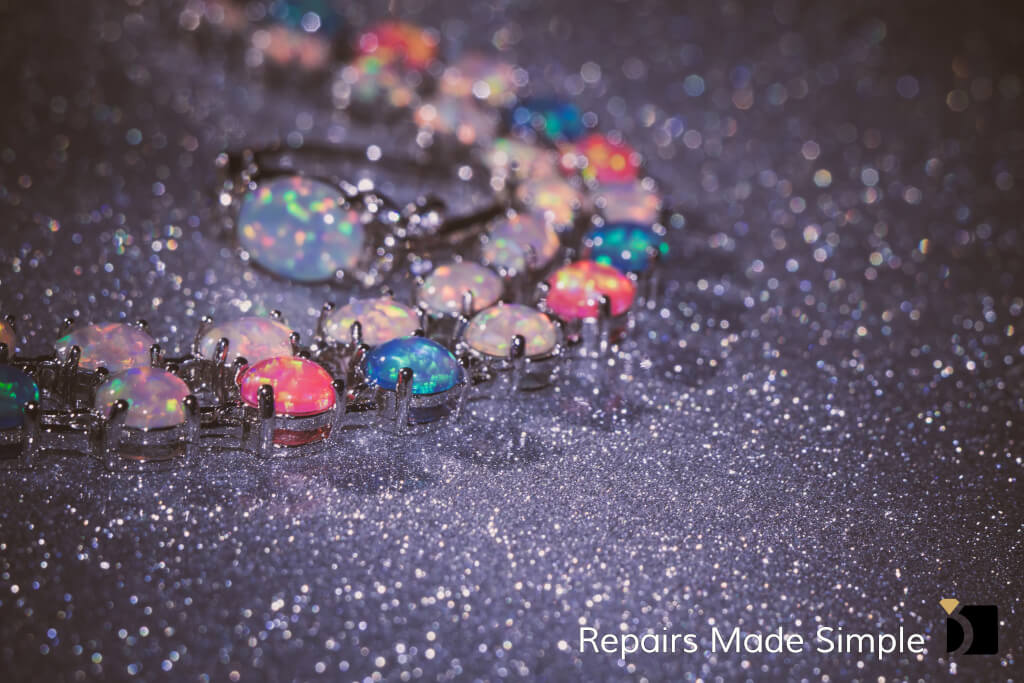
And Suggested Gift for the 14th Wedding Anniversary!
Opals are best known and loved for their amazing color, a single stone can flash every color of the spectrum. In the middle ages opals were thought to provide great luck because it was believed to possess all the virtues of each gemstone whose color was represented in an opal.
Opal Mines
Australia dominates the opal mining industry producing at least 90% of the worlds precious opals. Other opal producing countries include United States, Mexico, Hungary, Indonesia, Brazil, Peru, Honduras, Guatemala, Nicaragua, Slovakia, Czech Republic, and Ethiopia.
Categories of Opals
There are many categories of Opals: Black Opal, Semi Black Opal, Boulder Opal, White Opal, Jelly Opal, and Mexican Fire Opal to name a few. The categories listed below are some of the most well known and most frequently used opals in jewelry manufacturing.
- Black Opal describes opals with a dark grey to black body tone. These opals tend to be more valuable since the darker body tones cause the colors to be more vibrant.
- Boulder Opal describes opals with a natural brown ironstone backing that is attached to the stone. These opals also have a dark body tone, and are considered the second most valuable opals.
- White Opal describes opals with a white to light body tone. These opals tend to be less valuable since they usually do not have the vibrant colors. When these opals have little color, they are sometimes called milky opals.
Here are just a few examples of the amazing colors that can be found in opals:

Opal Doublets and Triplets
These are 2 processes which are sometimes used in the manufacturing of opal jewelry.
Opal doublets consist of two layers adhered together with glue. A black backing which is usually made of black glass, black potch, or brown ironstone to name a few and a thin layer of opal. The dark backing enhances the colors in the opal.
Opal triplets are thinly cut pieces of opal that have a dark backing as described above, but also have a clear top which is often domed. While the clear top protects the opal; overall triplets are generally a much lower value.
Caring for your Opals
Opals are a soft gemstone with a hardness of 5.5 to 6.5 on the Moh’s Scale, so they require special handling and cleaning. Solid opal should be cleaned gently with mild detergent in warm water and a soft toothbrush or cloth. Avoid bleach, chemicals and cleaners. Doublets & triplets may be wiped with a damp soft cloth and mild detergent, but should never be soaked or immersed. Store your opals away from other jewelry to help prevent them from being scratched, and protect them from high heat since this can dry out the opal which has a high-water content and cause it to crack.
